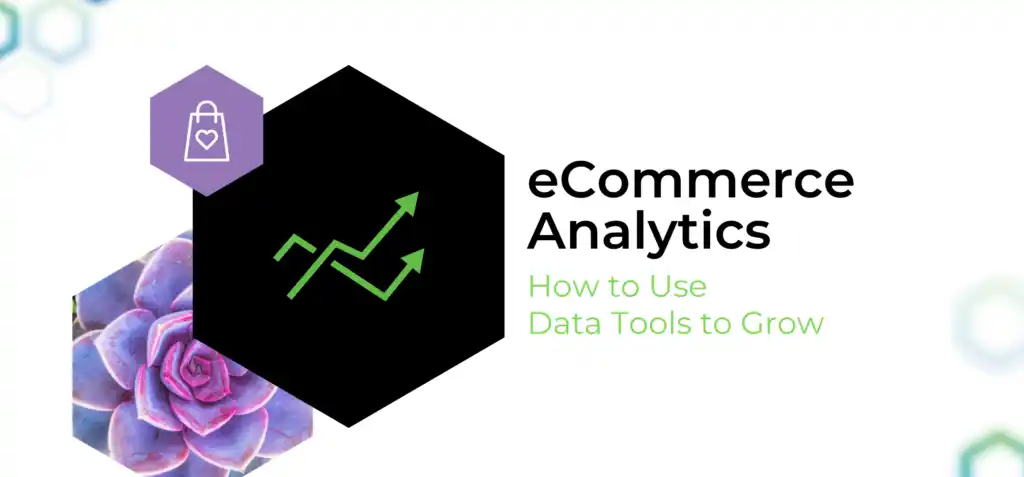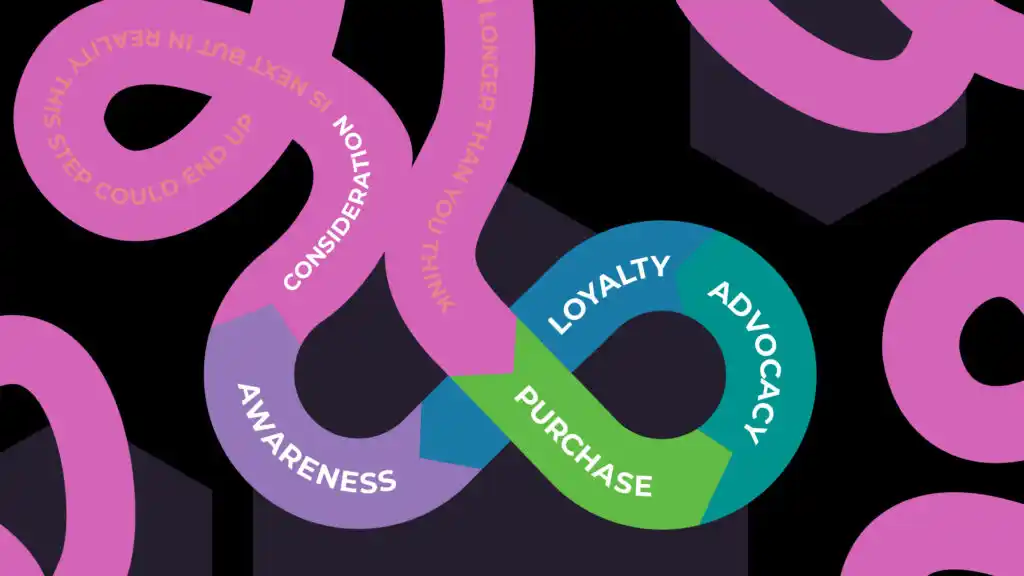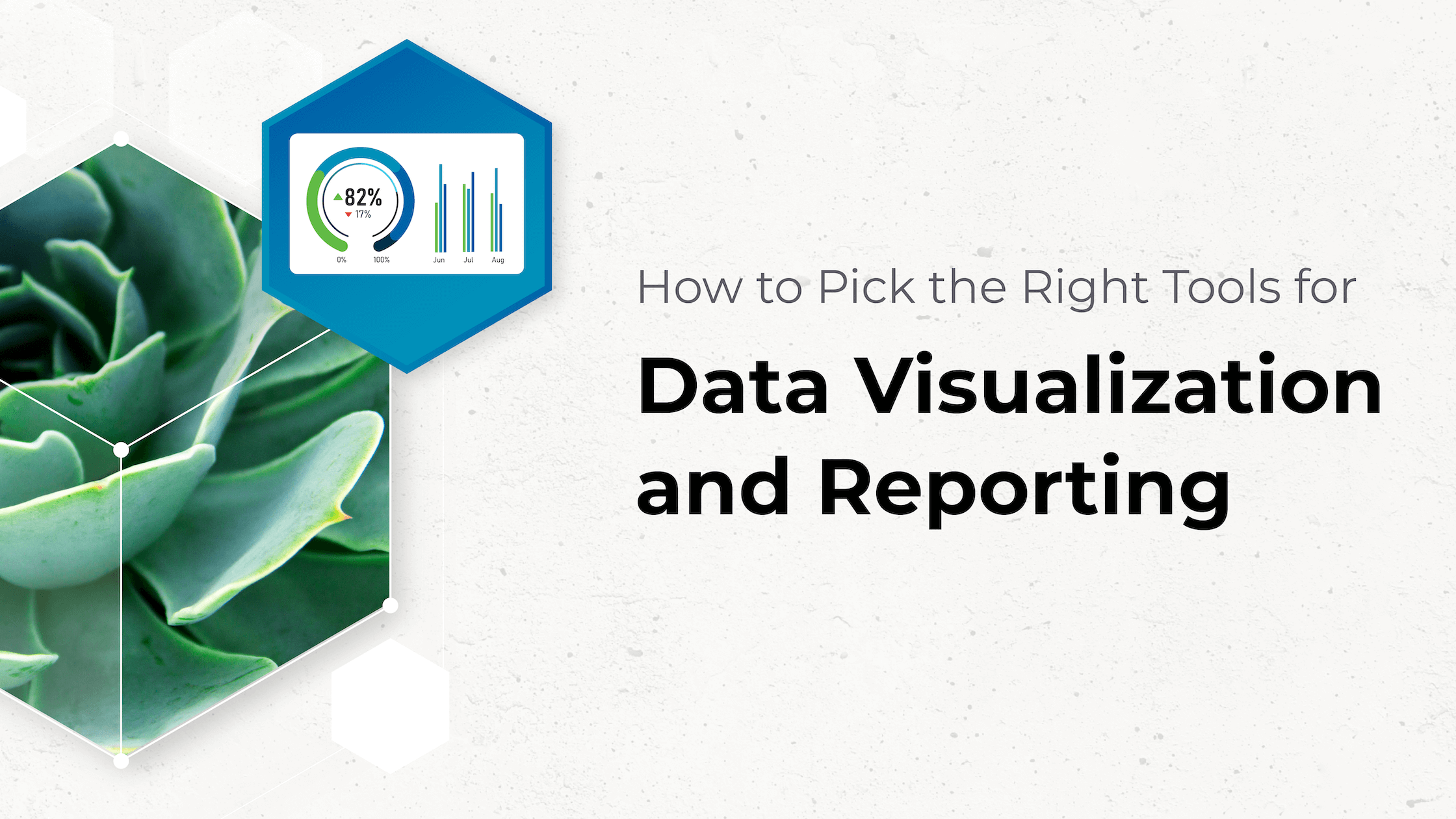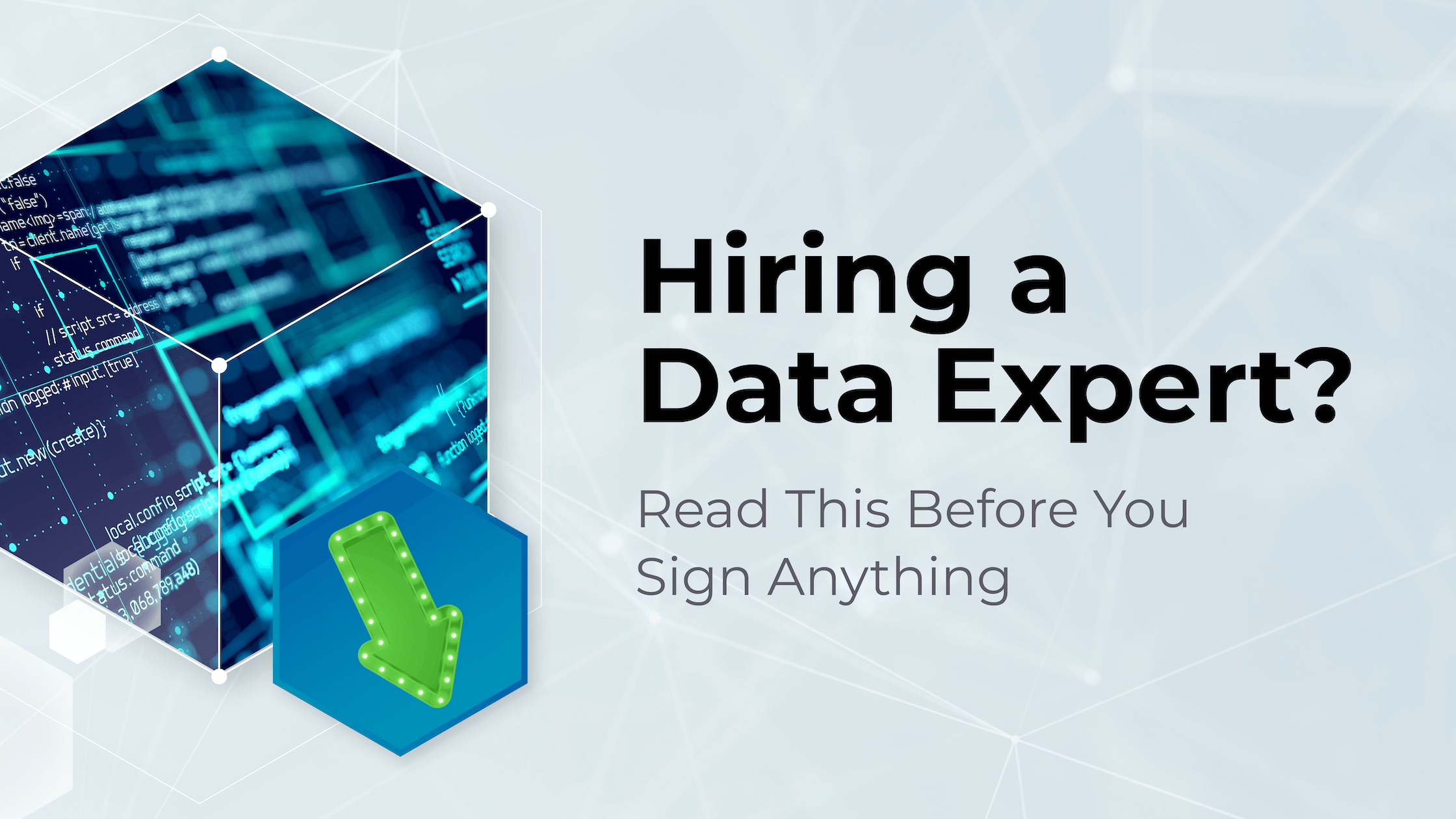
We all agree that data that helps us understand customer behavior is a good thing.
So why are most eCommerce brands still making performance decisions with minimal to no quantitative metrics?
66% of marketers admit that although data analytics are undoubtedly important, they often lack the talent resources needed to build a clear and reliable performance picture from their own analytics dashboards.
This is further compounded by the high percentage of brands with incomplete or unstable analytics dashboards and they don’t even know it.
And then there’s the even higher percentage of brands who say, “What analytics dashboards??”
“Look at the data” is not as simple as it sounds.
Thankfully, a collection of our Apiary consultant-partners created this eCommerce Analytics Guide to shorten your learning curve on all things ecommerce performance analytics.
Jump cut to the topics you’re most interested in, like:
- What is eCommerce analytics?
- Why do you need eCommerce analytics?
- Why are most eCommerce analytics dashboards unreliable?
- The #1 mistake brands make when looking at their analytics
- The best eCommerce analytics tool on the market
- Our top tips on how to analyze eCommerce data
What is eCommerce analytics?
eCommerce analytics is the process of gathering, synthesizing, and accurately interpreting all web-based user behavior patterns related to your online store, in order to make data-driven decisions that support your unique goals.
The majority of activity for an eCommerce or DTC brand happens in a digital space where you can meticulously track the user’s experience all the way through the funnel (that’s the gathering and tracking component of analytics).
From there, you can either reverse engineer the attribution or align the attribution of activities to create a shopping experience that facilitates someone becoming a customer, repeat customer, loyal customer, or brand advocate (that’s the part where humans synthesize and interpret the data to develop a metrics-driven growth strategy).
Why do you NEED eCommerce analytics?
Net new customer acquisition is the #1 goal of almost every eCommerce store.
But acquisition sits at a single point on the continuum of the user journey. eCommerce analytics data gives a brand visibility across every touchpoint that brought the customer to the point of conversion.
The most successful marketers know that a single purchasing act can never be detached from the actions that preceded and supported that purchase.
Brands focused on sustainable growth need eCommerce analytics to ensure that they’re making ad spend and campaign resourcing decisions based on more than someone’s gut.
Here at Apiary, we have a LOT of respect for the gut instincts of seasoned business pros – ours and yours. But we gave Lady Data a promise ring way back in senior year and our loyalty to her is unceasing.
Performance investments should be based on clean data. eCommerce analytics makes that possible.
We’re going to talk tools in a minute, but this point needs to be made clearly up top:
No analytics tool can provide 1/100 of the insights that a skilled marketer interpreting that data can. Data tells a story – humans need to interpret it.
Marketing teams should be using eCommerce analytics to develop and optimize their growth strategies, but the analytics function is also a necessary reference point on the backend when brand leadership wants to see metrics related to ROI.
When done well, analytics should provide thorough answers to key questions like:
- Where are your customers coming from?
- Which channels bring the most valuable customers?
- If the customer experience within a channel fluctuates, where are the peaks and valleys?
- What channels are responsible for the “invisible” aspects of customer acquisition (the awareness and education stages)?
- What role are your existing landing pages playing? Does the data suggest the need for optimizing or creating net new pages?
- Where in the customer journey is the brand dropping the ball, and what does the data suggest would close that gap?
- Does a channel’s value change when your goal shifts from acquisition to repeat purchases? Or from AOV to LTV?
Why are most eCommerce analytics dashboards unreliable?
Most eCommerce brands drive bottom line growth through some combination of Meta, Google, Shopify, and email marketing. All highly trackable.
So it should be easy enough to tell this API to make friends with that one and after a few clicks, you’re all set, right?
As we mentioned above, a staggering number of eCommerce brands do not have analytics dashboards at all. Those that do face a slew of challenges, including:
- Dashboards are not customized for your brand’s specific context and marketing goals
- Dashboards are created once and then never touched, so when (not if) an integration breaks, brands have no idea they’re making flawed decisions based on flawed data.
- Dashboards are not optimized to provide the most useful visual data depictions, which slows down or even blocks your marketing team’s ability to pull out all the insights available from that mountain of data.
The #1 mistake brands make when looking at their analytics data
The seemingly obvious analytics metric to focus on is ROAS (Return on Ad Spend).
On the surface, a measurement that compares your social media and/or Google ad dollars to revenue generated during that advertising period has to be priority numero uno, right?
We say, unequivocally, nope.

Why eCommerce brands should stop obsessing about ROAS
ROAS looks only at the number of people that converted within a given timeframe, which takes these two critical things out of circulation:
- The number of people in the awareness phase, and the value of that awareness
- The number of people in the education phase, and the value of that education
Today’s ad spend is generating awareness with customers who won’t transact for three or four months. Ditto for customers in the education phase.
If you’re only concerned with that last touch attribution or the acquisition attribution, your growth perspective is narrowed. An entire funnel of activity is reduced to the acquisition moment, but zeroing in on today’s acquisition without regard for tomorrow’s or the month or quarter after, is shortsighted.
An anti-ROAS example from one of our client-partners:
In early Dec 2022, a client-partner chose to turn off Meta ad spend (against our recommendation) because the data wasn’t supporting their attribution goals.
About 45 days later, an SEO review noted that ~25% of organic and direct traffic to their site had been lost. Why?
Turning off ads turned off a major awareness driver.
They were driving less people into their funnel, which means they were transacting more on acquisition data, which got ever more expensive.
This is a great example of why we caution our client-partners about being overly reliant on ROAS. And why human analysis is vital in any successful analytics process.
Analytics should look at the entire customer journey. Awareness, conversion rates, and everything in between.
The best non-human eCommerce analytics tools
The best eCommerce analytics tools on the planet are not fancy at all. They’re simply the time and space required for an insights-minded marketing specialist to look at each platform as a channel of activity and weight or score:
- the message
- the moment
- the targeting
- and the application of the spend against what it delivered.
We are permanent residents of Google Data Studio, so we do love and leverage our tools. Having the right gear is crucial.
But many growth marketers skew toward a fixation on brilliant tech, and forget that no marketing analytics technology (despite protestations from our AI friends) can yet provide a complete and comprehensive assessment of the interconnectedness of multiple, overlapping data streams.
Only humans can do that. Still.

The best eCommerce analytics tools
Northbeam and Lifetimely are two eCommerce analytics tools we use to measure incrementality.
Incrementality measures the effectiveness of your marketing, so that you know which activities are adding incremental revenue or incremental profit to your bottom line.
Other tools we help our clients implement…
HotJar
This paid tool enables you to see how users are navigating your site by recording (anonymously!) their site activity. HotJar lets you see every click and scroll, exactly as the user experienced it in real time.
Their heatmaps can provide insight into what elements on your site users are not engaging with and the most common paths users click on.
These data points can then be used to optimize your site (UX/UI and content) to help users find what they’re looking for and/or discover upsell opportunities.
Google Analytics
Google’s free tool provides website data tracking to better understand your customers.
Google Analytics also has direct connections with Shopify and other out-of-the-box eCommerce platforms. These connections can provide deeper insight into which marketing channels are driving the most revenue
Looker (formerly Google Data Studio)
Google Data Studio (now called Looker Studio) is another free tool from Google.
Big caution here: Looker is not user-friendly. You’ll need a team with significant technical skills to get true value from this powerful tool. With the right talent in place, Looker will visualize your data and will quickly become the central reporting tool for your eCommerce business.
Optimizely
Optimizely is a paid tool that lets you run A/B tests on your site. This is another one that requires technical know-how.
A fair amount of coding is required to fully build out A/B tests. From there, you can easily test different design/content concepts to see what impact they have on your priority metrics.
How to analyze eCommerce data
Below, we’ve laid out some of the key metrics that a well-constructed eCommerce analytics dashboard (and subject matter experts managing and interpreting that dashboard) can provide, with a few suggestions on how to use them.
But first, the mother of all caveats…
No one analytics metric should be analyzed in isolation. You need the FULL picture.
Think of your analytics function like salad.
Lettuce by itself is fine, but not great.
Lettuce with dressing is better, but also not great.
Lettuce with dressing as a vehicle for cucumber and avocado and [insert your salad must-haves here] is downright delicious.
Having established that, let’s dive in.
Cost Per Acquisition or Customer Acquisition Cost (CPA or CAC)
Often used interchangeably, these metrics both calculate the cost of acquiring a new customer or order.
The formula is: # of orders / total ad spend.
How to use CPA/CAC:
Having the CPA for each channel can help determine which marketing channels provide the lowest cost to acquire a customer.
However! Similar to the ROAS caution we offered earlier, an eCommerce brand won’t be successful focusing solely on CPA/CAC without also looking at LTV. You don’t want to pay to re-acquire the same customer.
Average Order Value
AOV shows how much, on average, your customers are spending on one order.
The formula is: total revenue / total orders.
How to use AOV:
Examining AOV trends often points to opportunities to upsell, cross-sell, or sell add-ons.
Comparing this with CPA can be helpful to see how profitable each marketing channel is, and the health of your eCommerce business.
Note: AOV is ideally grown through product enhancements, which is where marketing and product development meets. A single AOV snapshot won’t hold if your offering isn’t competitive in the marketplace.
Conversion Rate
Conversion rate is the percentage of users who visit your site and then make a purchase. Typically, this is looked at in relation to users who visit from a specific marketing channel.
This formula is: total # of orders / total # of visits.
Looking at your overall site conversion rate doesn’t usually help marketers assess the effectiveness of your campaigns, since you’re not able to distinguish users who are coming to your site for education, resources, or customer support, from those who purchased in response to your intentional marketing efforts.
How to use conversion rate:
Conversion rate is one of the most obvious benchmark metrics as you work on improving your ads and landing pages. It’s also a useful way of gauging how compelling your offer is according to your current customer traffic.
Note: Insights drawn from your conversion rate tend to assume an optimized site, which most brands cannot assume. When a site/user purchase journey isn’t optimized, is that due to poor creative/messaging? Bad targeting assessment in paid media? Crappy .com experience?
Cart Abandonment
Cart abandonment looks at the number of times a user drops out of the checkout process. Typically the “View Bag” stage of a transaction is when the cart opens, but some brands opt to move where the cart is placed and when it’s registered as opening.
The formula is: total # of purchases / total # of shopping carts started.
How to use cart abandonment:
The rate of cart abandonments indicates whether your cart funnel needs to be optimized. It can also provide more insight into the buying habits of your customers.
For example, a luxury brand selling high-ticket items may notice high cart abandonment rates due to their premium pricing. Optimizing marketing campaigns, resolving technical issues, and improving the customer experience on the cart can be used to drive customers who would otherwise abandon the cart. However, the need for these optimizations typically goes unaddressed if an experienced analyst wasn’t looking closely at their cart abandonment rates.
Cart abandonment also goes hand in hand with your media strategy. Hello, Criteo and retargeting!
*EXTRA TIP* Make sure your team is looking for any cart abandonment variance between mobile and desktop!
TL;DR summary on eCommerce analytics:
- eCommerce analytics is the process of gathering, synthesizing, and interpreting all trackable user behavior, in order to make data-driven performance decisions.
- Most brands are making marketing decisions with unclean/unreliable analytics dashboards, and they have no idea.
- ROAS needs a big asterisk. It looks at acquisition in a single moment, but ignores how ad spend is generating awareness and education that will generate acquisition in an upcoming moment.
- In fact, we strongly recommend against looking at any one analytics metric in isolation. The best bottom-line decision come from assessing your full analytics picture.
- An analytics dashboard without an analytics expert making sense of that data is like having a Ferrari when you don’t know how to drive.
- Human analysis of your data is VITAL. (That’s why we just wrote two bullets about it.)




